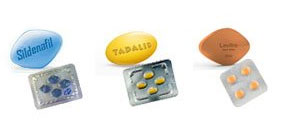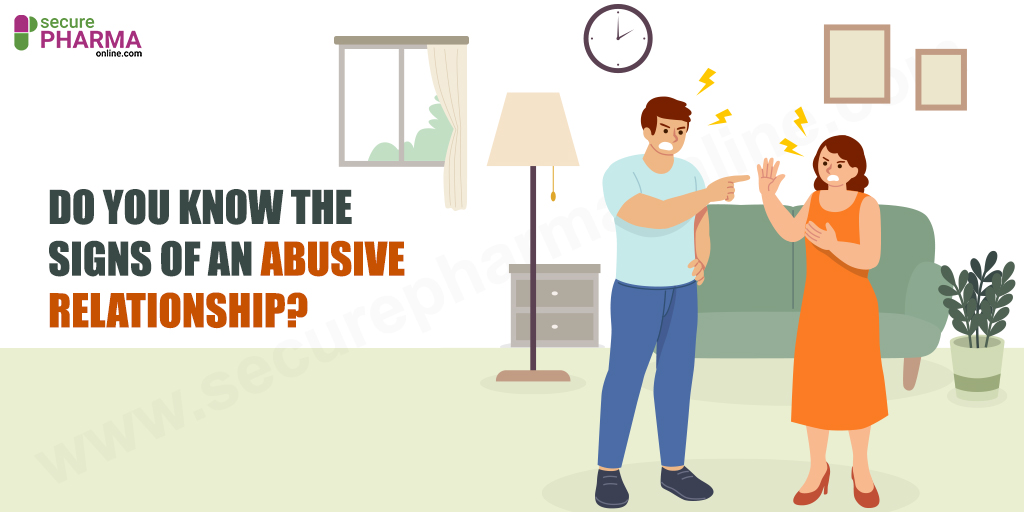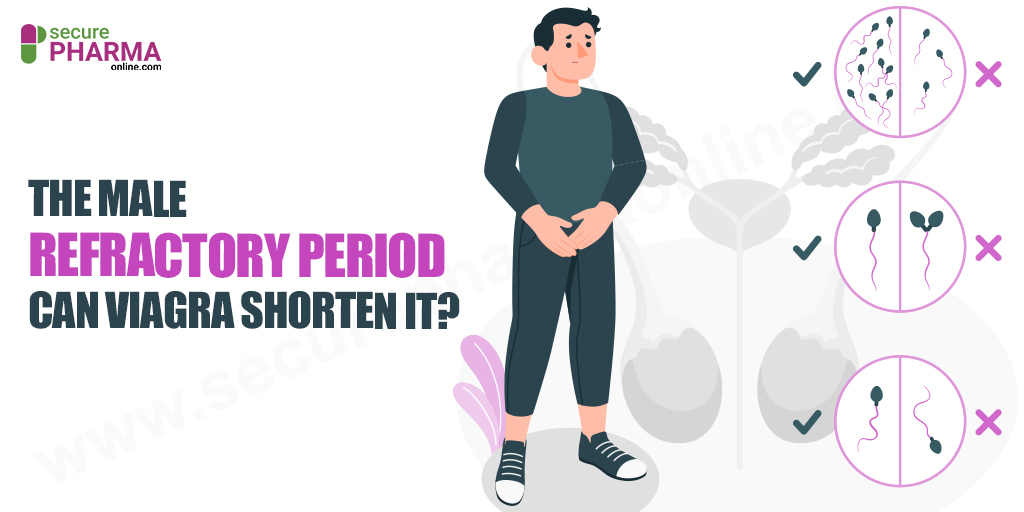Endometriosis: Stages, Symptoms, Causes, And Treatments

Introduction
When the endometrium, the tissue that usually lines the interior of a woman’s uterus, grows outside of it, it is known as endometriosis.
This tissue behaves similarly to uterine tissue during your menstrual cycles, breaking down and bleeding at the end of the cycle. But since there’s nowhere for this blood to go, it is possible that the surrounding areas could become inflamed or swollen.
While the tissue is not cancerous, it has the potential to cause scarring and adhesions. It can obstruct the fallopian tubes, causing cysts to form as a result of the trapped blood. Tissue fusion also may result in changes to the reproductive organs.
Who Can Get Endometriosis?
Endometriosis can affect any woman in the menstruating age. Endometriosis is more common in women between the ages of 25 and 40, but it can also affect women younger than that. Some women may experience this disorder after menopause, but this is a rare occurrence.
Stages
A variety of factors determines the stage of the condition.
-
Stage 1: Minor
Presence of lesions or wounds on the ovary, as well as shallow endometrial implants. Inflammation in or around the pelvic cavity is also possible.
-
Stage 2: Mild
Light lesions and shallow implants on the pelvic lining and ovary may be present.
-
Stage 3: Moderate
Additional lesions may accompany deep implants on the ovary and pelvic lining.
-
Stage 4: Severe
Deep implants on the pelvic lining and ovaries are the most severe stage of endometriosis. Lesions on the fallopian tubes and bowels are also possible.
Symptoms
Pelvic pain is the most common symptom of endometriosis and is also associated with menstrual cycles. While many women experience cramping during their cycles, those who have endometriosis report pain that is much worse than normal. Keep in mind, endometriosis can be difficult to diagnose as many other medical conditions have similar symptoms.
Some of the symptoms include:
- Painful sex
- Back pain during periods
- Unbearable menstrual cramps
- Pooping or peeing causes pain, particularly during periods
- Heavy bleeding during periods
- Blood in the faeces or urine
- Chronic fatigue
- Difficulty in conceiving
- Constipation or diarrhoea
Types
Endometriosis can be classified into three forms depending on where it occurs:
-
Superficial Peritoneal Lesion
This is the most common type in which the peritoneum, a thin film that covers the pelvic cavity, develops lesions.
-
Endometrioma (ovarian lesion)
These are dark, fluid-filled cysts, also known as chocolate cysts. They form deep in the ovaries and are resistant to treatment. As a result, they can cause serious damage to healthy tissue.
-
Deeply Infiltrating Endometriosis
This form develops underneath the peritoneum and can affect organs close to the uterus, such as the bowels and bladder. It affects between 1% to 5% of women who have endometriosis.
Causes
The body sheds the uterine lining during a regular menstrual cycle. This helps menstrual blood flow from the uterus to the vaginal canal through the narrow gap in the cervix. The precise cause of endometriosis is unclear, though there are many theories about it, none of which has been clinically proven.
Those theories include:
- Retrograde menstruation is when menstrual blood flows back through your pelvic cavity and through your fallopian tubes instead of exiting your body through the vagina, this is known as retrograde menstruation.
Hormones cause the cells outside the uterus to turn into endometrial cells, which line inside the uterus. These displaced endometrial cells can be found on the surfaces of pelvic organs such as the bladder, ovaries, rectum, as well as pelvic walls.
In response to the menstrual cycle hormones, they begin to rise, thicken, and bleed over the menstrual cycle. Menstrual blood may also leak into the pelvic cavity via surgical scars, such as those left behind after cesarean delivery.
- Another hypothesis claims that it is caused by a defective immune system that isn’t killing unuseful endometrial cells.
- The third theory is that the lining of the pelvic organs contains primitive cells that can expand into other tissues like the endometrium. This is known as coelomic metaplasia.
- The final theory claims that endometriosis starts in the fetal phase, with misplaced cell tissue that responds to puberty hormones. This theory is called the Mullerian theory.
Bonus Read: Irregular Periods: Symptoms, Causes And Treatments
Treatment
While there is no cure for endometriosis, the symptoms can be managed. Medical and surgical options are available to help manage your symptoms and any complications that might arise.
The doctor may recommend conservative treatments first. If the condition does not improve, they can prescribe surgery. Everyone responds differently to these treatment options. The doctor will assist you in determining which option is best for you.
Mentally, this condition can be challenging to manage because of fertility problems, bodily discomfort, and the feeling that there will be no relief.
Some treatment options include:
-
Pain Relievers
Ibuprofen and other over-the-counter pain relievers are helpful though they may not always be successful.
-
Hormone Therapy
Supplemental hormones can help relieve pain and stop endometriosis from progressing. Additionally, hormone therapy assists the body in regulating the monthly hormonal changes that facilitate tissue growth in endometriosis patients.
-
Hormonal Contraceptives
Hormonal contraceptives reduce fertility by stopping endometrial tissue from growing and accumulating every month. In less severe cases of endometriosis, birth control pills, patches, and vaginal rings may minimize or even relieve pain.
-
Medroxyprogesterone Injections
It is effective in preventing menstruation. It prevents endometrial implants from growing and helps to alleviate pain and other symptoms. However, due to the possibility of decreased bone production, weight gain, and, in some cases, an increased incidence of depression, it is not usually referred to.
-
Agonists and Antagonists of Gonadotropin-Releasing Hormone (GnRH)
Gonadotropin-releasing hormone (GnRH) agonists and antagonists are used by women to inhibit the secretion of oestrogen, which stimulates the ovaries. This hormone is responsible for the development of a woman’s female characteristics, including menstruation.
Blocking the production of estrogen prevents menstruation and stimulates artificial menopause. Menstruation is prevented, and artificial menopause is created by blocking the development of estrogen.
GnRH therapy has side effects such as hot flashes and vaginal dryness. Remember, tiny doses of estrogen and progesterone are taken together can help limit or avoid these symptoms.
-
Danazol
Danazol is another drug that stops the menstrual cycle and relieves symptoms. However, Danazol can cause the disease to worsen while you’re on it. Acne and hirsutism are two possible side effects of Danazol.
-
Surgical Procedures
Conservative surgery aims to remove or destroy endometrial growths while avoiding damage to the reproductive organs.
Endometriosis is diagnosed using laparoscopy, a minimally invasive surgery. In this process, small incisions are made in the abdomen by a surgeon to remove the growths surgically or burn or vaporize them. Nowadays, lasers are often used to kill retrograded tissue.
Conclusion
Endometriosis is a disorder in which tissue that grows in the uterus begins to expand in other parts of the body. It can cause tissue damage and discomfort, as well as interfere with fertility.
It is a chronic disease with no cure. There is no conclusive scientific evidence as to what causes it. Pain and fertility problems can be managed with effective therapies such as antidepressants, hormone therapy, and surgery. Also, endometriosis signs normally improve after menopause. It can only be suppressed to some extent.
May 17, 2021 Sam Bell











Comments